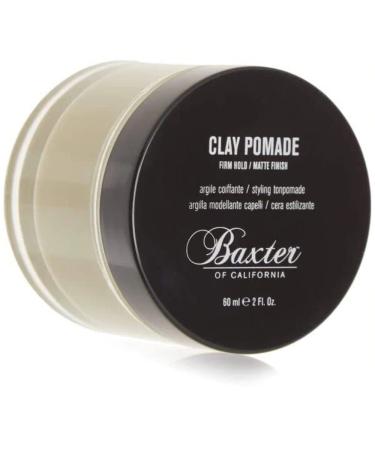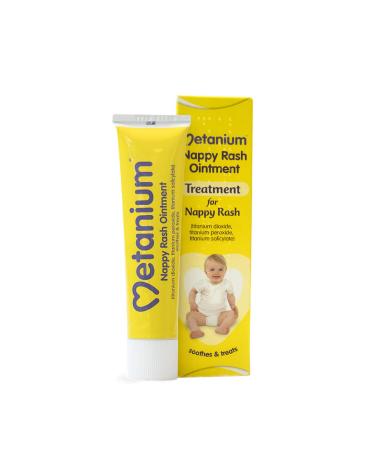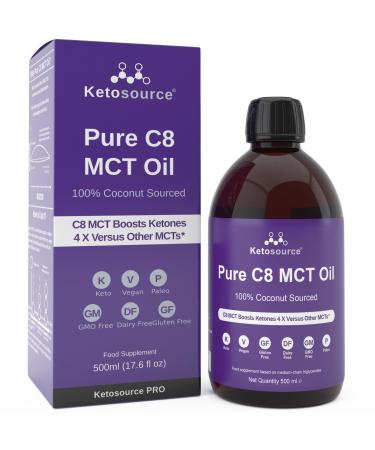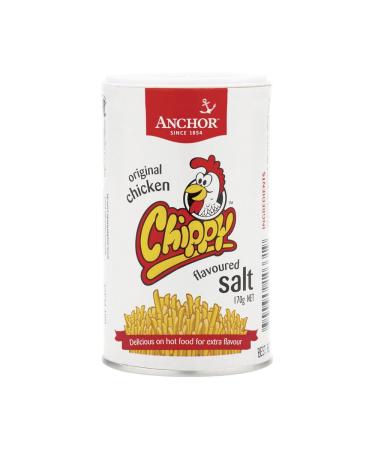Felicia Sterilized Cat Salmon
Why Low-Grain and Hypo-Allergenic Felicia
- To ensure that our lovely friends are fed in accordance with their natural living conditions and live healthier lives, we, together with our nutritionists, developed a special hypoallergenic formula with a reduced grain content. We've prepared it.
- Felicia, with highly digestible animal protein sources, was specially developed for digestive and allergy sensitivities.
- Free of beef, dairy, wheat, soy, potatoes, artificial sweeteners, colors, chemical flavors, and other substances associated with allergic reactions.GMO-Free!
Felicia Sterilized Cat Salmon:
- Specially developedFelicia Adult Cat Sterilizedfor cats that become sensitive and have an increased tendency to eat after neutering.
- Prevents excessive weight gain and stone formation in young or adult cats.
- It is a complete and balanced food containing high-quality nutrients.
- It also supports the burning of excess fat and muscle building thanks to the L-Carnitine it contains.
With regular consumption:
- You can observe that our lovely friend
- His immune system is strengthened,
- His stool volume and odor are reduced,
- He develops strong and shiny fur,
- His urinary tract and kidney health are protected,
- His digestibility is increased, and he achieves a dynamic body structure.
Ingredients:
- Hydrolyzed salmon protein, ( ),
- Baldo rice, Peas, Salmon oil,
- Anchovy meal, Krill meal, Brewer's yeast,
- Hydrolyzed chicken liver, Anchovy oil, Nucleotide yeast protein,
- Minerals, Prebiotic mannan oligosaccharides, Seaweed,
- Yucca extract, Cranberry powder, Psyllium.
Analytical Components:
- Protein: 0
- Fat Content:
- Crude Ash: 7
- Crude Fiber: 3
- Omega-6: 3.6
- Omega-3: 0.65
Vitamins and Other Supportive Ingredients:
- Vitamin A (E672): 25,000 IU kg
- Vitamin D3 (E671): 1,500 IU kg
- Vitamin E (3a700): 150 mg kg
- Vitamin C: 25 mg kg
- Niacin: 50 mg kg
- L-Carnitine: 200 mg kg
- Taurine: 1,800 mg kg
- Copper (as Sulfate): 18 mg kg
- Zinc (As sulfate): 95 mg kg
- Zinc (As chelate): 20 mg kg
- Manganese (As sulfate): 30 mg kg
- Selenium (As selenite): 0.3 mg kg
- EU-approved oxidants
TRANSITION PROCESS DURING CHANGES IN FOOD:
- You should always switch your pet to a new food gradually.
- Suddenly changing your pet's food can cause health problems.
- It's important to gradually mix the new and old food so that the digestive system and metabolism can adapt to the new feeding pattern.
- This gradual transition will help reduce the likelihood of developing stomach upset and stomach problems following the food change.
- To prevent your pet from having trouble adapting to a new habit,
- You should start introducing the new food gradually over a week.
- You should increase the proportion of the new food and decrease the proportion of the old food each day.
- You should never add homemade food to the diet when switching to a new food.
- For your pet that's fussy about food,
- Try feeding the new food from your hand like a treat.
- Always have clean, fresh water available alongside the food.
- Your pet should not be left hungry when starting a new food.
- When you start a new food, constantly check your pet's stool,
- Energy levels, and signs of possible allergies and gastrointestinal distress.
- First 3 Days25 new food 75 old food
- Second 3 Days50 new food 50 old food
- Third 3 Days75 new food 25 old food
- Fourth After 3 Days100 new food













